Olympic Sculpture Park Descriptive Tours
Accessible tours of the art at Seattle’s Olympic Sculpture Park for blind and visually impaired audiences
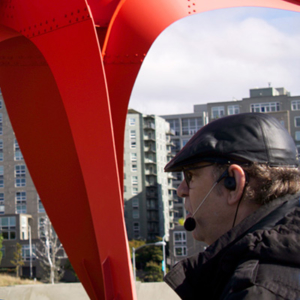 In the fall of 2013, accessible tours of the art in Seattle’s Olympic Sculpture Park were provided for the first time for blind and visually impaired audiences. Joan Rabinowitz, Executive Director of Jack Straw Cultural Center, and Jesse Minkert, Executive Director of Arts and Visually Impaired Audiences (AVIA), developed a joint program in which Minkert provided walking audio-described tours of the art in the Olympic Sculpture Park, along with performances by artists from the Jack Straw Artist Support Program. Anzanga Marimba Ensemble performed the electrifying and energizing music of Zimbabwe using eight marimbas – hand-crafted xylophones made from various hardwoods. Lelavision used original kinetic sculpture, live music, and dance in their performances of “Physical Music.” Minkert provided audio description for both performances.
In the fall of 2013, accessible tours of the art in Seattle’s Olympic Sculpture Park were provided for the first time for blind and visually impaired audiences. Joan Rabinowitz, Executive Director of Jack Straw Cultural Center, and Jesse Minkert, Executive Director of Arts and Visually Impaired Audiences (AVIA), developed a joint program in which Minkert provided walking audio-described tours of the art in the Olympic Sculpture Park, along with performances by artists from the Jack Straw Artist Support Program. Anzanga Marimba Ensemble performed the electrifying and energizing music of Zimbabwe using eight marimbas – hand-crafted xylophones made from various hardwoods. Lelavision used original kinetic sculpture, live music, and dance in their performances of “Physical Music.” Minkert provided audio description for both performances.
The tours and events were designed to be accessible for blind and visually impaired individuals, but were also open to the general public. Jack Straw and AVIA coordinated with Regan Pro of the Seattle Art Museum and consulted with architect Owen Richards of ORA for background on the Park.
Tour 1 with Anzanga Marimba Ensemble: September 15, 2013
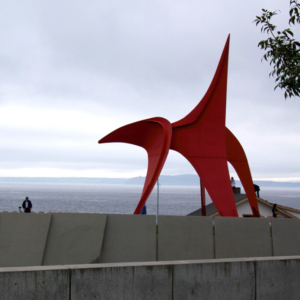
Weather was a concern for this first event, but overcast skies did not dampen the ground as we began. The tour assembled at the entrance to the Paccar Pavilion. AVIA provided portable FM listening devices to participants. These were indispensable because of the noisy environment around the Park: Elliott Avenue and Burlington Northern Santa Fe Railroad tracks pass directly below the park itself. Minkert wore a lightweight boom microphone that provided good sound quality.
Minkert introduced the park with a description of the surroundings including downtown Seattle, Elliott Bay and the Olympic Mountains, the Space Needle, and the P-I Globe. He summarized the origins of the park and described the zigzag path that connected the three parcels of land that comprise the Park.
Descriptions of sculpture began in the entryway with Ellsworth Kelly’s Curve XXIV, then Roxy Paine’s Split, a stainless steel tree visible over the west wall. Inside the Paccar Pavilion, Sandra Cinto’s Encontro das Aguas covered the walls on every side. The group walked north along the zigzag path with a view of Alexander Calder’s Eagle silhouetted against Elliott Bay and the Olympic Mountains.
The OSP is divided into four precincts, Valley, Meadow, Grove, and Shore. This tour covered art in and along the Valley precinct. George Rickey’s Two Plane Vertical Horizontal Variation III, a moving sculpture activated by wind; Beverly Pepper’s Persephone Unbound and Perre’s Ventaglio III; and Louise Nevelson’s Sky Landscape I lined a cedar path along the west side of the Valley. Down on the flat Valley floor, Richard Serra’s Wake is a grouping of massive steel forms that alter the light and auditory environment.
South of Wake at the Gates Amphitheater, Anzanga Marimba Ensemble performed exuberant music for the tour group plus a large number of casual park visitors. Mere seconds after the last note faded, rain began to fall and thunder and lightning sent us all running.
Tour 2 with Lelavision: September 22, 2013
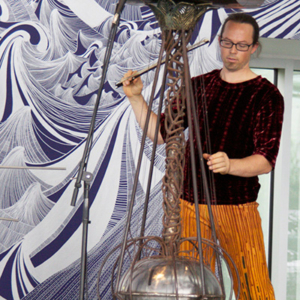 On this day, rain was already falling hard. The zigzag path was covered with risky puddles. Minkert, Rabinowitz, and Pro shifted plans for the event. The performers were Lelavision, a two-person team of dancer/choreographer Leah Mann and instrument designer/maker/dancer/musician Ela Lamblin. The performance was originally planned to take place near Calder’s Eagle, but happened instead in the Paccar Pavilion to begin the event. The performance was followed by questions and answers and opportunities to touch the performance objects.
On this day, rain was already falling hard. The zigzag path was covered with risky puddles. Minkert, Rabinowitz, and Pro shifted plans for the event. The performers were Lelavision, a two-person team of dancer/choreographer Leah Mann and instrument designer/maker/dancer/musician Ela Lamblin. The performance was originally planned to take place near Calder’s Eagle, but happened instead in the Paccar Pavilion to begin the event. The performance was followed by questions and answers and opportunities to touch the performance objects.
By the time the interaction was done, the sky had turned blue and the sun shone down. Minkert led the group out to the zigzag path. He reprised the brief history of the OSP and the general environment. The descriptive tour covered the Meadow and Grove precincts. It began with Typewriter Eraser, Scale X by Claes Oldenburg and Coosje van Bruggen situated on a slope above Elliott Avenue. Next was Bunyan’s Chess by Mark di Suvero followed by Alexander Calder’s Eagle; a temporary installation, The Western Oracle: We Will Tear the Roof Off the Mother by Heather Hart; and Untitled by Roy McMakin. The skybridge over the railroad tracks held Seattle Cloud Cover by Teresita Fernandez.
From the south lookout several pieces were visible: Eye Benches and Father and Son by Louise Bourgeois, and Stinger by Tony Smith. The second tour concluded at this point. More art remains yet undescribed, and potentially a source for another tour sometime in the future.
The Jack Straw team for this project included writer Jesse Minkert, photographer Eden Schwartz, videographer Levi Fuller, and executive director Joan Rabinowitz.
This project was made possible by the support of a National Endowment for the Arts Challenge America grant, the Washington State Arts Commission, the Seattle Office of Arts and Culture, and 4Culture.
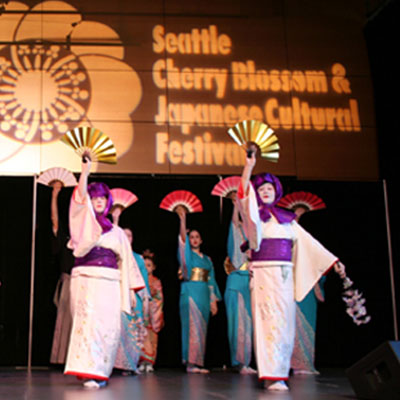
Asian Festivals of Washington State READ MORE >
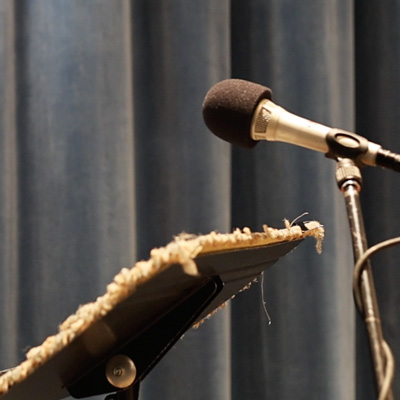
Jack Straw Alumni Poetry Series READ MORE >
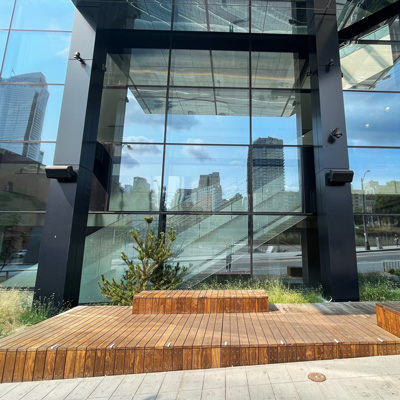
Summit Sound at the Seattle Convention Center READ MORE >
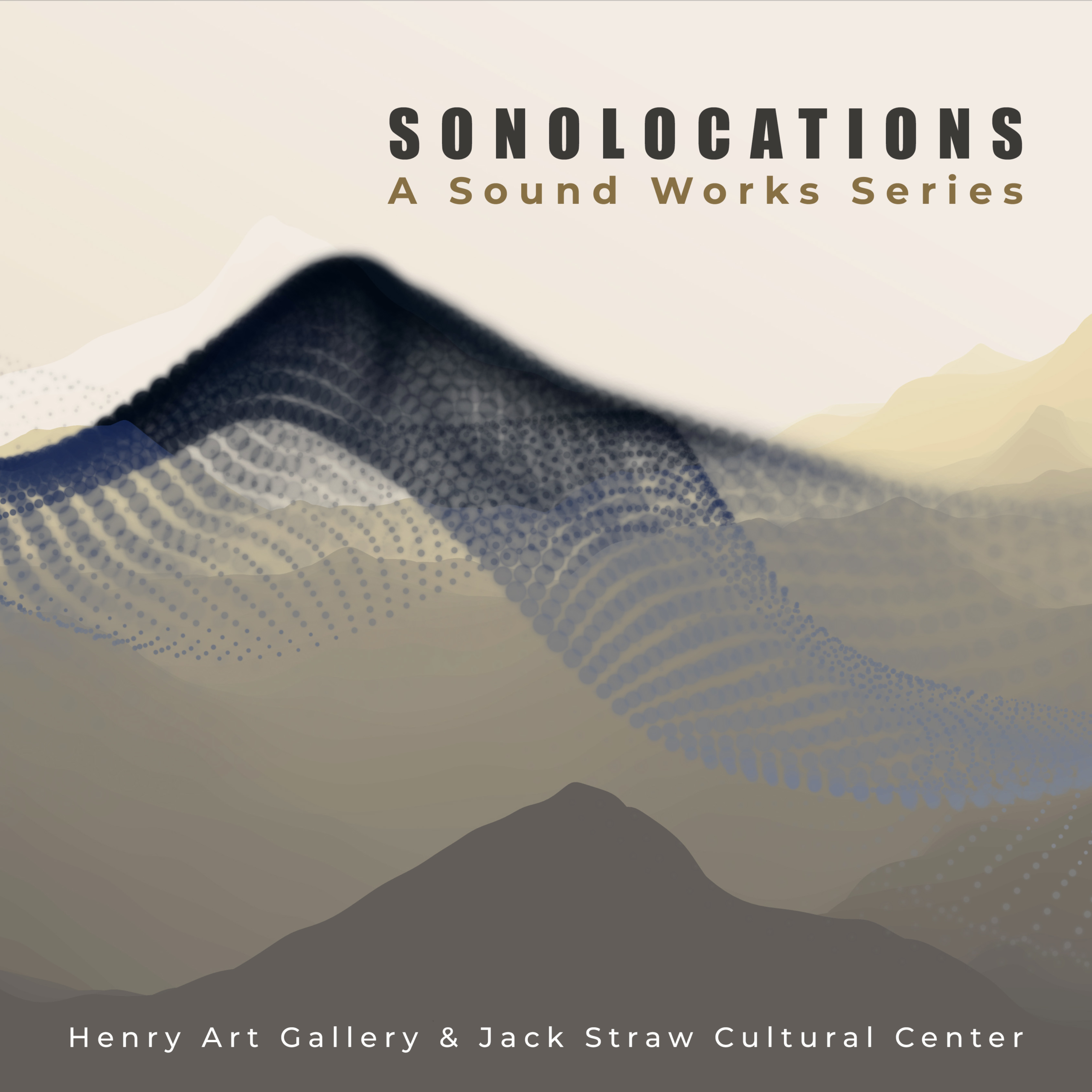
Sonolocations: A Sound Works Series READ MORE >
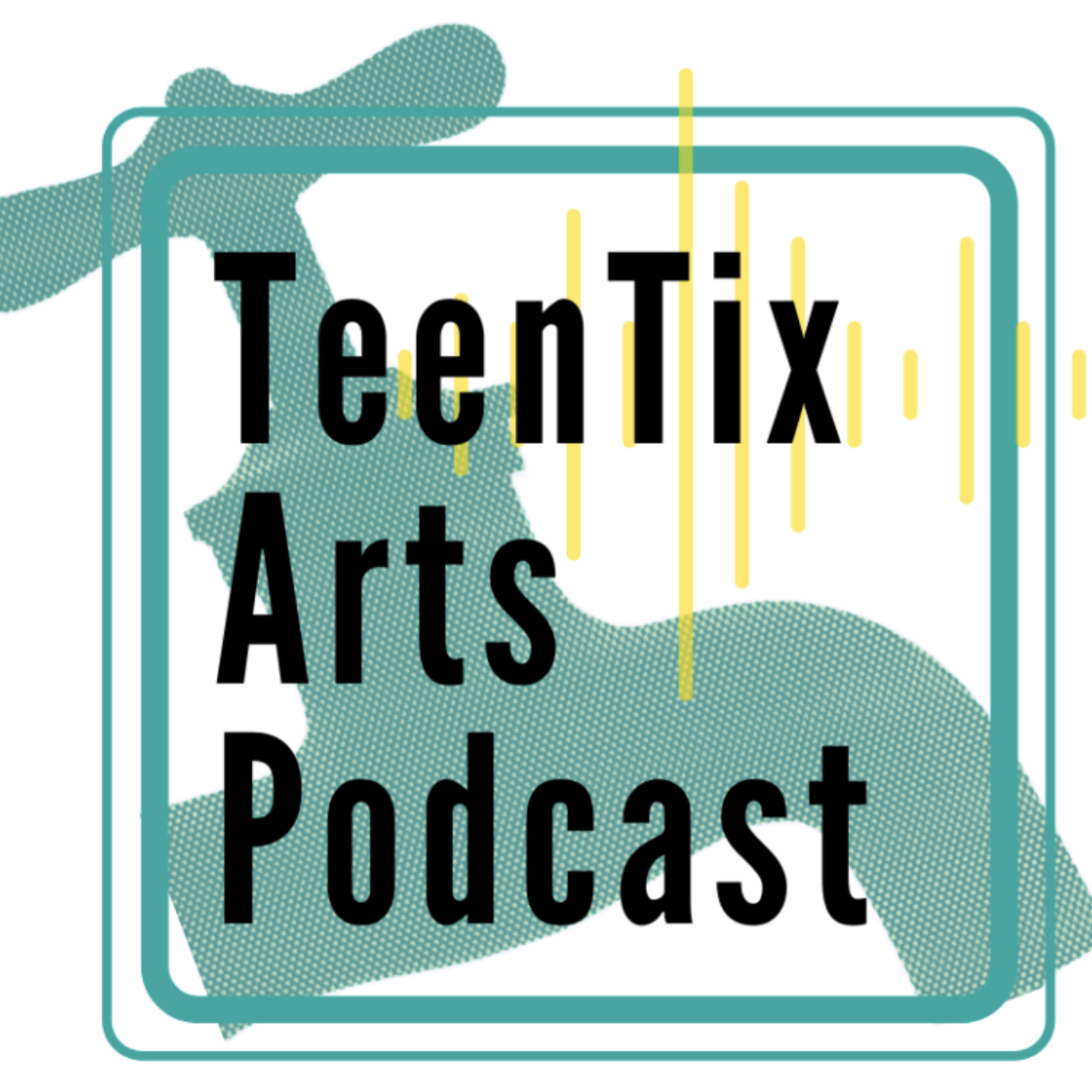
TeenTix READ MORE >
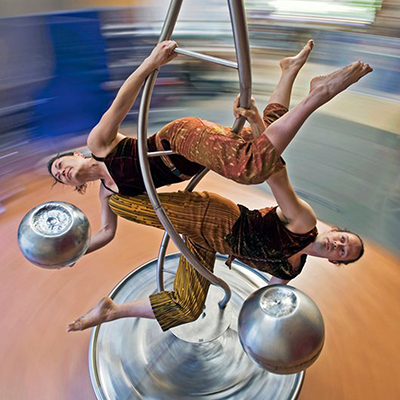
Lelavision READ MORE >

Lake Union Oral History Project READ MORE >
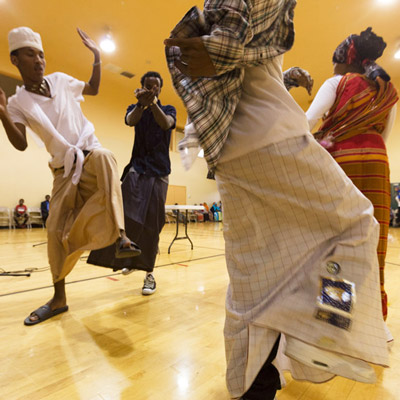
Jack Straw, Northwest Folklife, and Somali Youth and Family Club: Until We Meet Again READ MORE >
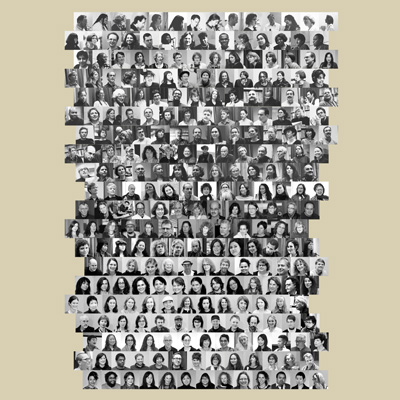
20 Years of Jack Straw Writers READ MORE >
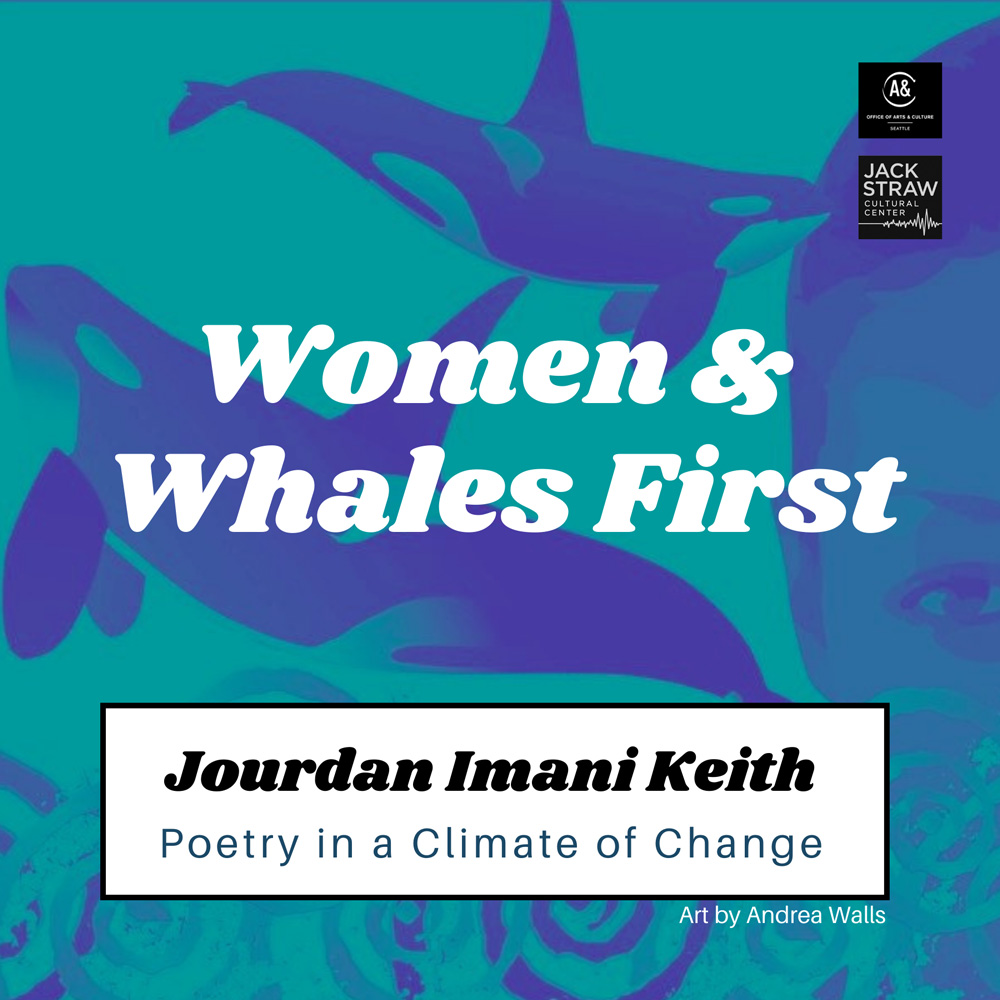
Women and Whales First: Poetry in a Climate of Change READ MORE >
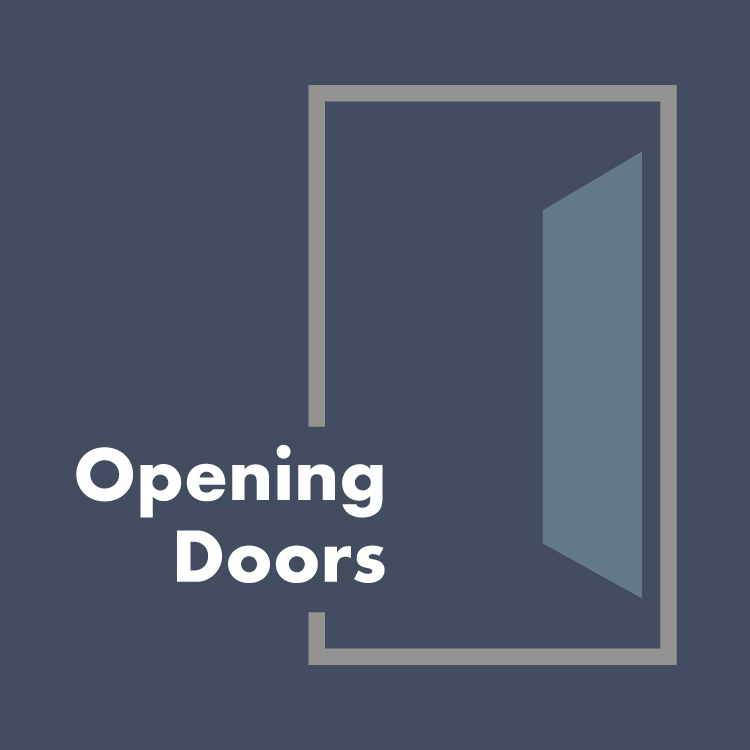
Opening Doors READ MORE >

Common Field READ MORE >
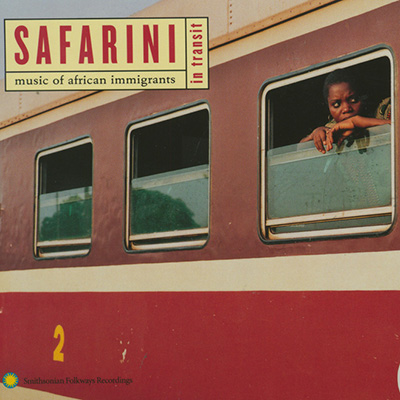
Safarini In Transit : Music of African Immigrants READ MORE >
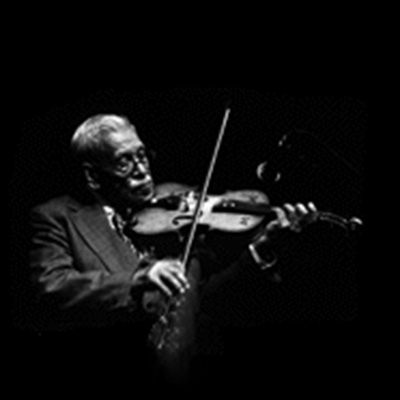
Traditional Artist Support Program READ MORE >
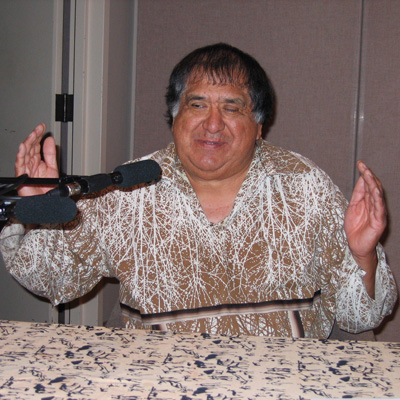
Native American Stories of Washington READ MORE >

Coast Salish Culture Projects by Gregory Fields READ MORE >
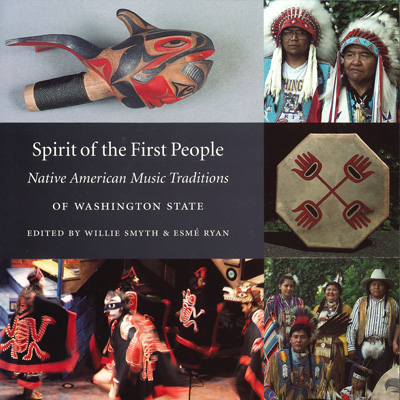
Spirit of the First People READ MORE >
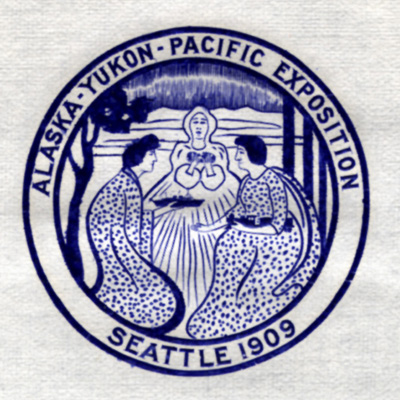
Alaska-Yukon-Pacific Centennial Radio Project READ MORE >
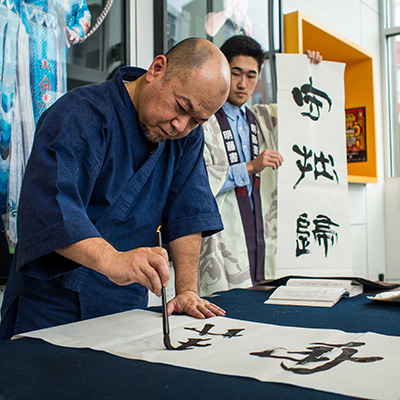
Extraordinary Ordinary People: American Masters of Traditional Arts READ MORE >
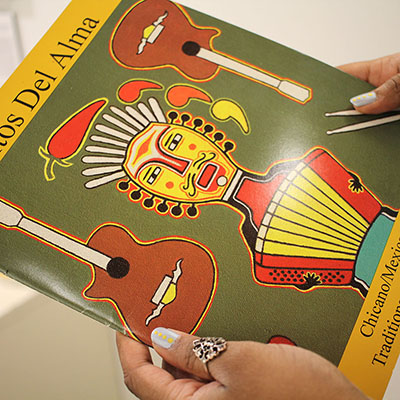
Gritos Del Alma READ MORE >
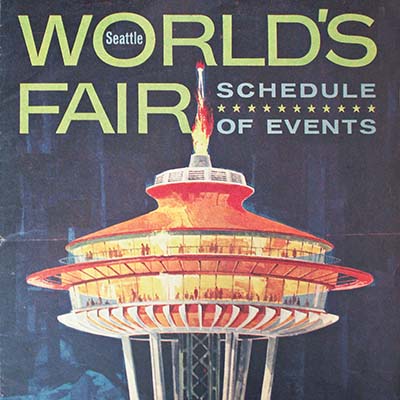
1962 Seattle World's Fair READ MORE >
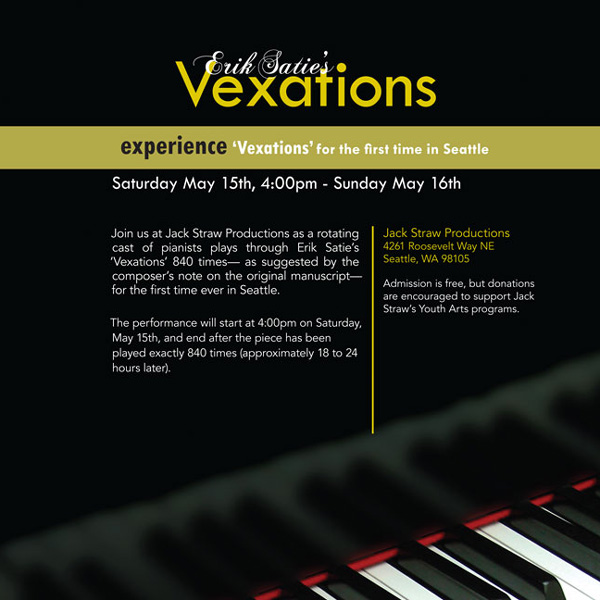
Vexations Live at Jack Straw READ MORE >

Salmon in the City READ MORE >